WELCOME to the jungle warfare where the stakes are extremely high in a three-cornered cage fight for a slice of Sydney’s $19 billion tourism pie.
Iconic Taronga Zoo, which opened in 1916, has long been Sydney’s jungle giant and a strong international tourism brand as it sits in a prime harbourside location.
Nearly an hour’s drive away, via the M2 and M7 motorways, is Featherdale Wildlife Park, a western Sydney institution since 1972. It is home to the world’s largest collection of Australian native fauna, and prides itself on ensuring optimum animal welfare.
And now, in a massive industry shake-up, a third major player – Sydney Zoo – is about to open less than 5km from Featherdale’s Blacktown base.
Indeed, it has been a tumultuous time for Sydney Zoo’s backers since plans were first revealed three years ago.
There was strong opposition to its plans during the State Government’s approvals process, which is set to come under greater scrutiny before the new $45 million Bungarribee attraction opens to the public in early 2019.
And earlier this year, Taronga sued Sydney Zoo over naming rights as it feared overseas and interstate visitors would be misled into thinking it is related to the existing Mosman facility or that the new zoo was located in central Sydney.
However, the matter has since been settled out of court, with the western Sydney wannabe king of the jungle keeping its name.
Tarango’s chiefs now simply want Sydney Zoo to be a “team player”, which is also what the Independent Planning Commission called for in approving the cage-free zoo a year ago.
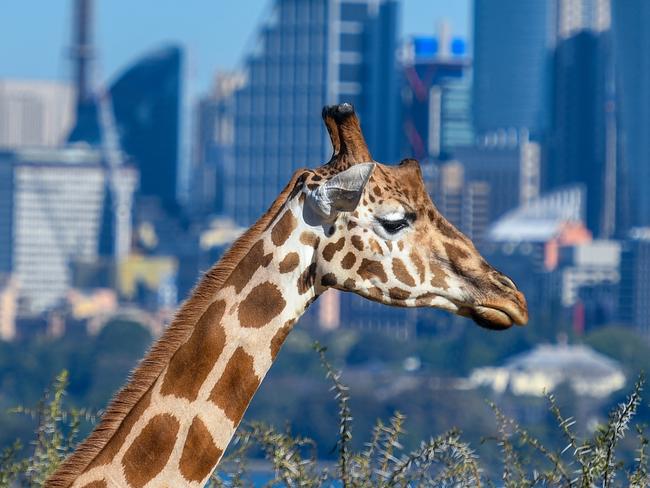
But, as Taronga takes a wait-and-see approach, a full-blown rumble in the jungle has broken out in western Sydney’s parklands.
There is only a few-minute drive separating the pair, but Sydney Zoo and Featherdale are seemingly light years away from reaching an agreement as part of a regional “tourism cluster” push.
It follows the planning commission’s ruling for Sydney Zoo to differentiate itself, and also make a “genuine” and “reasonable” attempt to work with Featherdale in growing the tourism pie.
Today, a News Corp investigation can reveal why Featherdale and insiders are so concerned about Sydney Zoo’s business model for the broader industry, and lift the lid on experts’ fears around the new zoo’s animal welfare preparations.
THE BUSINESS MODEL
SYDNEY Zoo managing director Jake Burgess says his new attraction – which promises to be Australia’s most technologically advanced and innovative zoo – will target mostly western Sydney families as part of a tourism drive for nearly a million visitors a year from early 2019.
“Most zoos run with a 70:30 mix of local/interstate to international (visitors); ours will be 85:15. We’re a local audience player,” he said last week.
Mr Burgess and his father, Sydney Aquarium founder John Burgess, are behind the plans for Sydney Zoo. They lodged an application to register the Sydney Zoo trademark in May 2015 after registering it as a business name in August 2012.
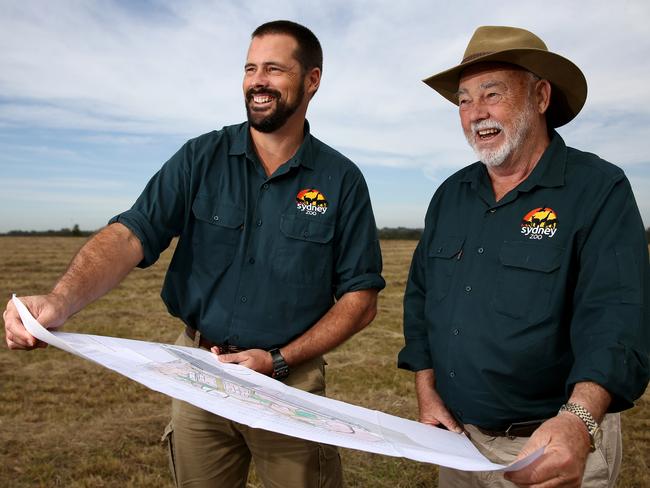
It received approval by the Independent Planning Commission on September 8 last year.
It will have about 1000 animals – including 60 different types of species – as well as 60 permanent staff and another 120 casual staff (most of whom will be locals) at its 16.5ha site.
“This is a zoo for the people of western Sydney … and we believe we can grow the (tourism) pie,” he said.
“(It) was essentially developed on the premise that audience participation in the western Sydney zoo market is way lower than it should be.”
This comment has angered Featherdale boss Tony Chiefari, who sees it as a “cheap shot” on his wildlife park’s performance.
“There’s no way western Sydney families will go to two zoos. Western Sydney families barely have the money to come to one zoo,” said Mr Chiefari, who sees Sydney Zoo’s 85:15 business model a “potential disaster” for his 46-year-old Blacktown institution.
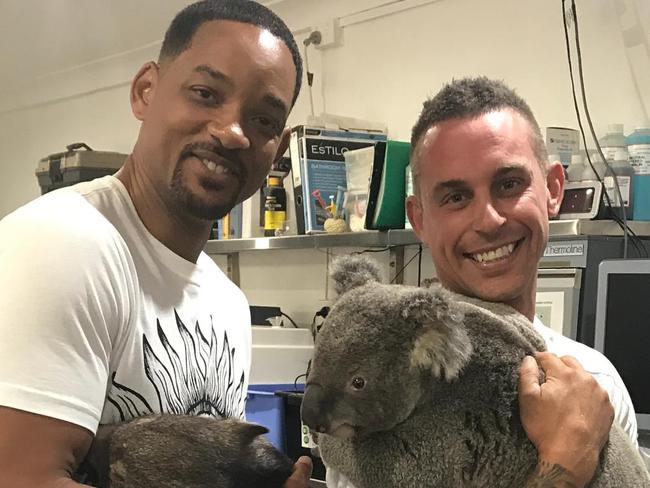
Last financial year, Featherdale – privately owned by Elanor Investors Group – attracted 592,000 visitors (60 per cent of whom were internationals), an increase of about 25 per cent since 2015.
However, it just has released alarming new figures for last month which show a sharp visitation downturn.
Featherdale’s biggest visitor drive is in July each year as it allows children in for free. Last year it had 73,000 visitors for the month. But despite a bigger-than-ever marketing campaign aimed at western Sydney families, that number dropped by 12,000 to 61,000 last month.
It cast doubt on how two major animal attractions could operate in such close proximity, targeting the same market.
“Western Sydney families are doing it tough with electricity bills, petrol prices, mortgages and running their households,” Mr Chiefari said.
In approving Sydney Zoo’s development application a year ago, the Independent Planning Commission ruled that the new attraction had to differentiate itself from Featherdale, which specialises in Australian native wildlife and birds, as well as reptiles and marsupials.
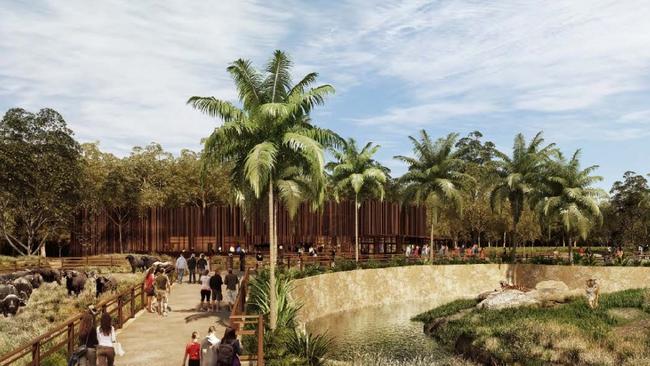
But Mr Chiefari fears Sydney Zoo will essentially be filled with Australian native animals and “eat up the existing pie instead of growing it”.
“If they market to Western Sydney families and say we’ve got elephants, giraffes and rhinos, then that’s fine,” he said. “But do not go out and sell yourself as Bungarribee Wildlife Park and we’ve got all these Australian animals, which they have done.”
Mr Burgess denies his new zoo is already trying to undermine Featherdale as he seeks to form a regional tourism cluster which would include the nearby zoo.
“When groups work together, you drive more visitation to the region,” he said. “We’ve approached Featherdale and we’ve put ways to them in which we can work together.”
An independent report by Urbis estimates that at least $75 million in investment in social programs and employment would be lost if Featherdale closes.
TALKS BREAK DOWN
THE State Government wants Sydney Zoo and Featherdale Wildlife Park to grow the tourism pie together, but talks have broken down between the pair.
Featherdale general manager Tony Chiefari has revealed what took place at a recent first meeting with his Sydney Zoo counterpart, Jake Burgess.
“He came into my office with four ideas,” Mr Chiefari said. “Joint ticketing was their No. 1 thing. But how will this help Featherdale? All this would do is say to our customers, ‘you can now go to Sydney Zoo’.
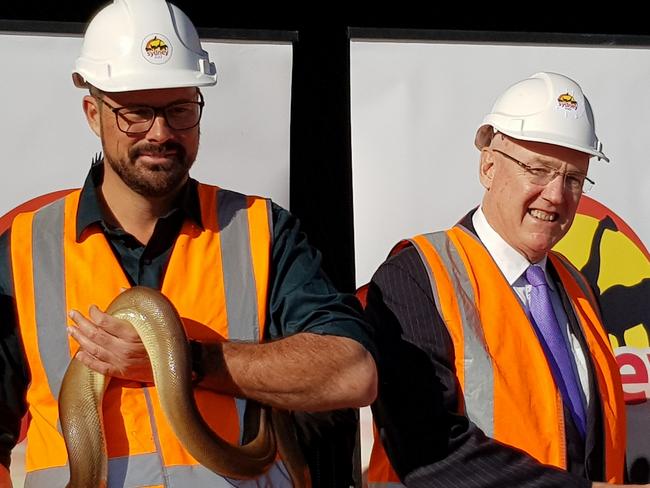
“And No. 2 was for a joint bus to float between the two zoos where we share the costs. But why would we do that when we have a bus stop right out the front of our park?
“I said to Mr Burgess our customers get off a train at Blacktown station then catch a bus that stops at the front of our park, then why would I pay for a bus to shuttle people over to your zoo?”
He said the third idea was for “joint initiatives” on occasions such as Australia Day and threatened species week.
“My reply to Mr Burgess was that we do that very well ourselves. We let 3000 locals into Featherdale for free on Australia Day as part of a community initiative with Blacktown Council,” Mr Chiefari said.
“None of what Mr Burgess said at the meeting would increase visitation to western Sydney. It would only be eating up the existing pie.
“His fourth idea was around animal welfare, getting our expert (Chad Staples, director of life sciences) working with his animal welfare expert. In everything he said, he failed to lay his animal welfare strategy on the table.”
Mr Burgess said he was disappointed Mr Chiefari had shared his concerns with the media instead of contacting him directly.
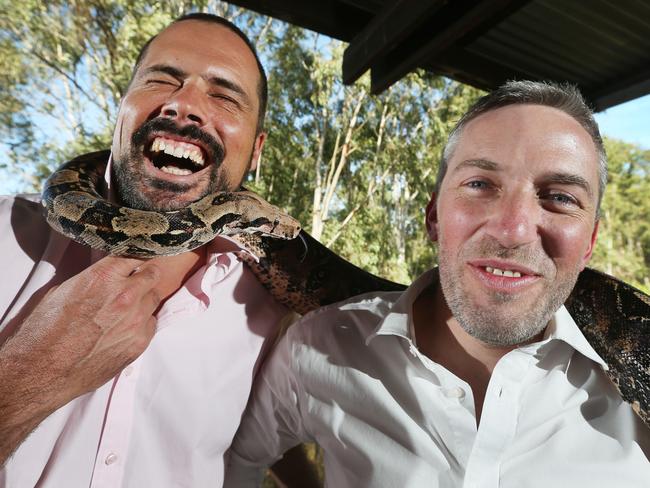
“I don’t want to respond to the things individually in too much detail,” he said.
“You’ve actually got a more detailed response from Featherdale than what we’ve got at this stage. They have not gotten back to us on any of these matters.
“Wet ‘n’ Wild, Sydney Motorsport Park are on board with the (tourism cluster) idea. If Tony doesn’t think it’s going to work (for Featherdale), then that’s his perspective. But this cluster theory is not pie-in-the-sky stuff.
“Operating one-out is not the way forward … and I’m trying to convince Featherdale of that.”
‘COMPETITION CAN BE A GOOD THING’
THE Sydney Business Chamber is “optimistic” that both Featherdale Wildlife Park and Sydney Zoo can work in unison and tap into an ever-expanding tourism market.
David Borger, the chamber’s Western Sydney director, said he hoped the two zoos could “complement each other, not replace each other”.
“There will be an opportunity to increase patronage in Western Sydney over time,” Mr Borger said.
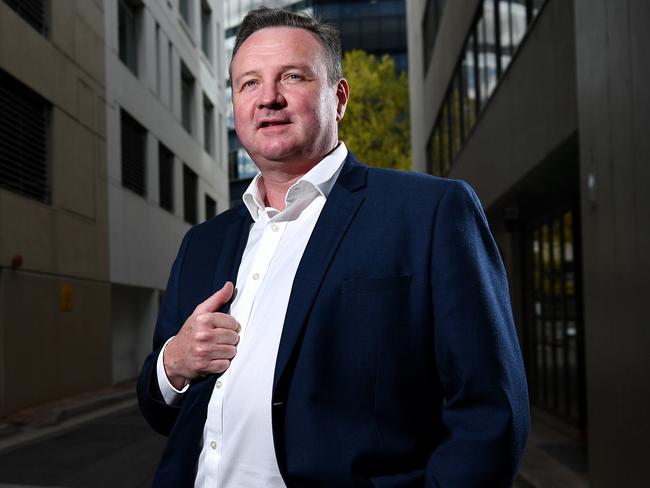
“Competition can be a good thing and can improve services.
“In this case, the new Sydney Zoo needs to be sufficiently differentiated from Featherdale so they are both providing what the public wants and they can grow the total market.”
He said many Western Sydney families were not prepared – and could not afford – to make the trip to Mosman for a day out at Taronga Zoo.
“More than two million people find it hard to get to Taronga Zoo on a regular basis,” Mr Borger said.
“We did a study recently into arts, culture and recreation, and the results showed people don’t travel more than half an hour to access those type of things.”
SYDNEY’S JUNGLE GIANT
TARONGA Zoo’s significant investment in upgrading its attractions and business diversification in recent years is “paying off” after the Sydney tourism icon posted a record visitation high last financial year.
Just over two million people — 40 per cent of whom were international tourists — visited the 102-year-old zoo, which now has 4500 animals (including 330 different species) at its 28ha Mosman site.
“We had our centenary in 2016 and we took a risk and invested a lot in that year and I’d have to say it’s paid off,” Taronga CEO Cameron Kerr said.
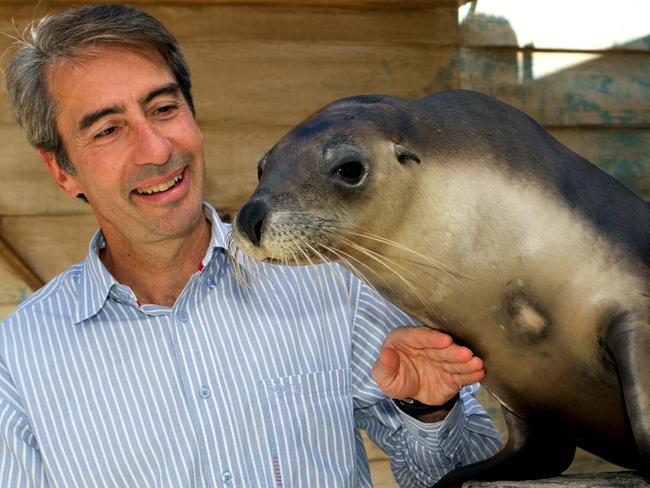
“We’ve had (visitation) growth over the past few years, and now this record year of two million visitors. We diversified our operation too, so we also now have accommodation, events and functions.”
The surging popularity comes ahead of a looming threat by the new Sydney Zoo, which is due to open early next year at Bungarribee, near Blacktown.
An industry insider says that Sydney Zoo is set to make a strong play at the inbound tourism market, despite an earlier commitment to target mostly western Sydney families. And it has been backed up by a leaked document which shows the new zoo is undercutting Featherdale as its agents target the lucrative Asian market.
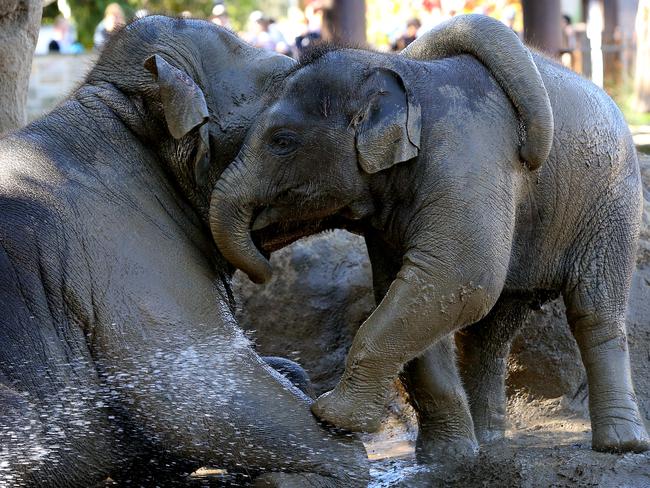
It shows an adult entry price to Sydney Zoo of $34 and a $12 “nett rate” for travel operators. This compares with Featherdale’s $32 adult admission fee and a $16.50-$23.30 rate for operators.
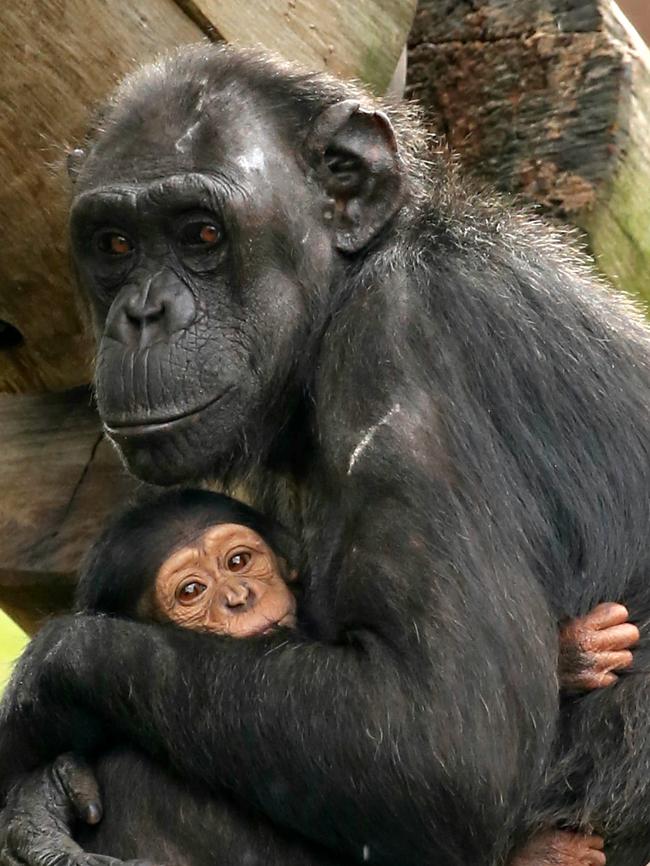
Sydney Zoo boss Jake Burgess declined to go into detail about the new attraction’s cost structure, but said: “We need to be able to deliver value for money.”
The new zoo’s backers include the Hammon family, who have just won the contract to run one of Sydney’s most popular attractions, the BridgeClimb. They also own Scenic World in the Blue Mountains, which attracted 1.1 million visitors last year.
Mr Burgess said a three-way Sydney tourism experience was on the cards.
“We’re having preliminary discussions about that. But the Hammon family are pretty busy creating the new bridge climb (for an October opening),” Mr Burgess said.
“There is certainty an intent in the longer term that it will be presented that way. We are pooling our resources in terms of how we project ourselves in the international market.”
Mr Kerr said it would be “naive” for Taronga to think Sydney Zoo wouldn’t have an impact on its visitation numbers.
ANIMAL WELFARE CONCERNS
ONE expert has expressed concerns about animal welfare in the new Sydney Zoo’s planned use of methods among its 30 exhibits which he claims are outdated.
Featherdale’s director of life sciences, Chad Staples, claimed the new zoo’s enclosures would be “very small in relation to best zoo practice, most noticeably their elephant enclosure”.
“Elephants don’t work in urban zoos. They just don’t get the space they need,” said Mr Staples, a respected animal welfare expert who has worked at Featherdale for the past two decades.
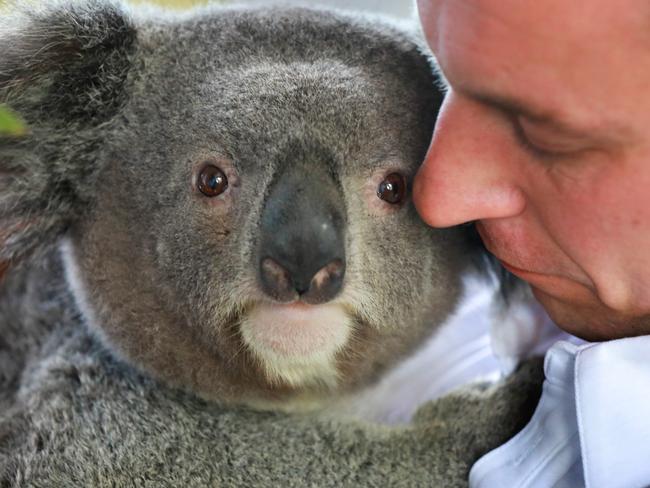
“I’m in San Diego at the moment and the difference at the zoo here is they’ve got two sites. They have an enormous safari park, which is about 1000ha. There are herds of animals walking around.
“They still have elephants at their city zoo, but only ones which are being rehabilitated and it’s almost a palliative care.
“The elephant enclosure that Sydney Zoo is looking to set up is just tiny. They’d really need half of the 16ha site for elephants, but it’s only a fraction of that. It’s not good.”
Sydney Zoo managing director Jake Burgess denied any elephants would be at risk and said animal welfare was “at the core of our being”.
“Sydney Zoo has been designed to have a lower number of larger exhibits to provide the best possible environment for our animals and an exceptional visitor experience,” he said.
Mr Staples said Sydney Zoo’s planned use of a moat system could potentially lead to great ape deaths, and that it was “ridiculously short” time frame to comfortably settle in 1000 animals.
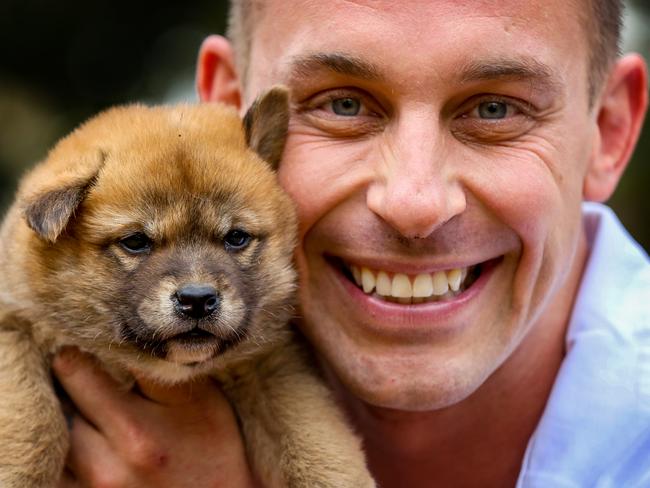
“Moats are a very dangerous practice as there are large numbers of drowning deaths from this design,” Mr Staples said.
“And they are talking about bringing in hundreds of animals around the same time, and it could be a recipe for disaster. The whole thing is a frightening prospect.”
Mr Burgess said moat systems were “not outdated”.
“If you don’t have moats, you need extremely high walls which actually enclose the animals in and provides lower levels of visual stimulation,” he said.
“There have been deaths … but not a large number of deaths (caused by moats). You need to understand these deaths have occurred due to design issues within the exhibit.
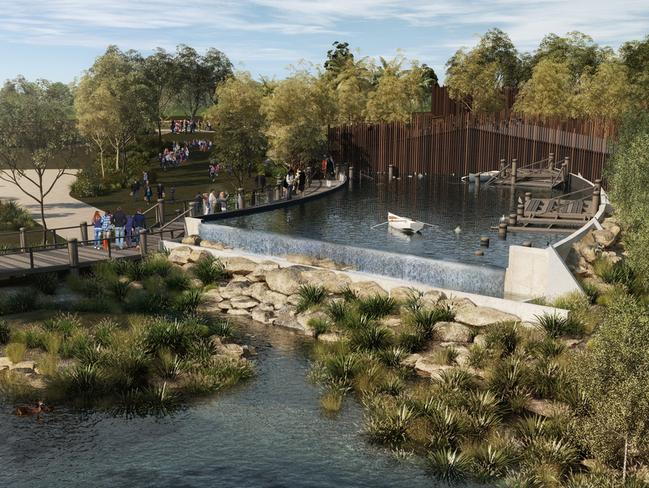
“The moats we’ll use are world’s best practice – and they minimise the risk to animals.”
Taronga’s manager of conservation, health and welfare, Nick Boyle, said it was imperative that any new zoo’s business model had animal welfare at the heart of its operation.
“You want to give (animals) a fair bit of time to settle in and acclimatise,” Mr Boyle said.
“One of the complicating factors is if animals are coming together from different sourced populations.
“And any new zoo needs to be flexible enough to delay operations based on what they are observing from the animals.
“Everything starts with species selection. First and foremost you need the appropriate level of (staff) experience, where you get species that thrive together in an adequate amount of room and complexity of environment.
“If you get those things wrong, you can come unstuck.”
Mr Burgess said his senior curatorial and animal acquisition team had more than 150 years of collective experience in the zoo and aquarium industry.
An industry insider, who has nearly 20 years of animal welfare experience, said Sydney Zoo would have an “uphill battle” and “have gone about some things in an odd manner” in putting together its operations.
The nation’s peak zoo body said it could not assess what Sydney Zoo was planning at this stage.
“Not until they have their animals in place and they are operational,” Zoo and Aquarium Association executive director Nicola Craddock.
Asked if moat systems were dangerous to animals and outdated, she said: “I can’t comment on that.”
‘NOTHING TO HIDE’
SYDNEY Zoo’s boss Jake Burgess says he has “nothing to hide” in how his planning team were setting up the bold new venture.
“The animal collection is pretty much done. There are two animals which we’re working on the specific source … what we’re trying to do is avoid very costly imports,” he said. “There’ll be 60 different types of species and about 1000 animals at our 30 exhibits.”
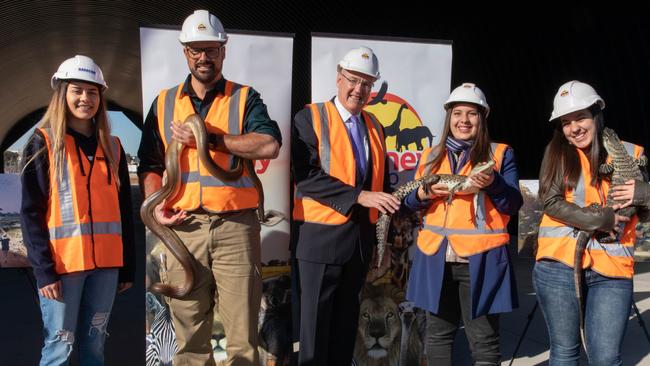
Asked whether had appointed any hands-on animal welfare experts yet, he said: “We’re lining them up at the moment. We’ve got an external animal welfare committee which is reviewing designs and so on. It includes a University of Sydney veterinarian who used to head up the veterinarian function at Taronga.
“So right now in the planning and development phase, they’re just making sure exhibits are up to spec and back-of-house designs are all of a very high quality.
“As we start bringing in the animals we start bringing in those people who will be responsible for looking after those animals.”
Sydney Zoo, where planning conditions demand that two-thirds of its exotic animals are on display before opening, will be at the “leading edge” in exhibit design, Mr Burgess said.
“We’re drawing on people from around the world and partnerships with Western Sydney University with our environmental footprint and innovative ways,” he said.
“But the most important thing for us will be around what we’re doing with animal welfare.”
He said there was “so much excitement” in the community about his project.
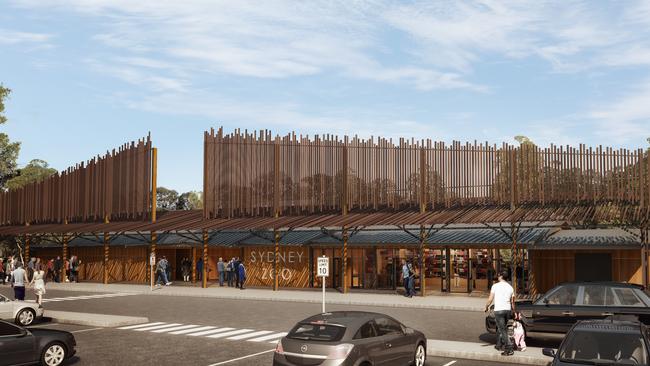
“This opportunity is huge for the community. But the thing we have to make sure of is that we don’t mess it up,” he said.
“We’re still getting our ducks in a line but there’s already this palpable sense in the community that this (new zoo) will be awesome.”
FACT FILE
Sydney Zoo
Cost: $45 million
Where: Bungarribee Park, Near Eastern Creek
When: Expected to open early 2019
How: Divided into four precincts — Australian animals (koalas, emus, echidnas, dingoes, bull sharks, kangaroos and wallabies); primates and great apes (chimpanzees, gorillas, monkeys and baboons); South-East Asian (elephants, tigers, bears and orang-utans); and African (lions, giraffes, zebras, cheetahs, meerkats, hippos, ostrich and antelope).
By the numbers: There will be about 1000 animals and 30 exhibits on the 16ha site. The zoo is targeting between 750,000 and a million visitors each year, mostly from western Sydney.

Add your comment to this story
To join the conversation, please log in. Don't have an account? Register
Join the conversation, you are commenting as Logout